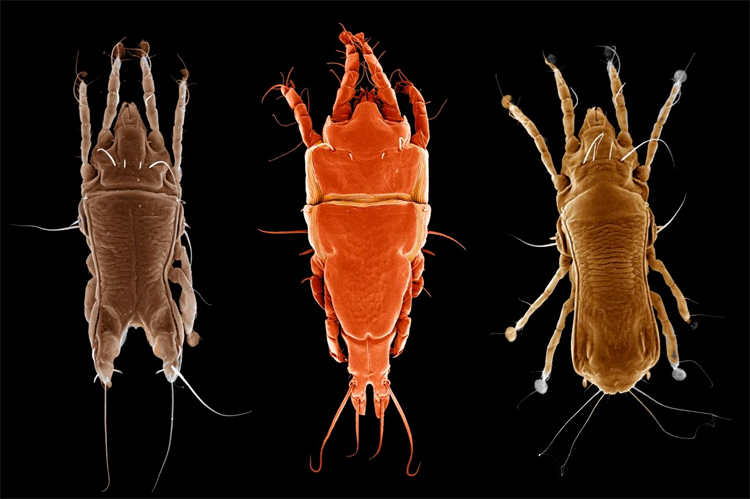Highly host-specific symbionts are very rarely found except with their typical host species. Although switches to new hosts are rare and difficult to detect, a switch to a host phylogenetically distant from the original one (a ‘major host switch') could allow diversification of the symbionts onto the new host lineage. The consequences of such major host switches on the diversification of highly host-specific symbionts of animals have rarely been explored. Here, the host specificity of vane-dwelling feather mites, a group that shows strong specificity, together with their host-switching dynamics and the consequences of major host switches for their diversification, are examined. Most feather mite species (84%) inhabit one to three very closely related host species. Assemblages of feather mites on birds do not show a geographical signature, but rather show strong host-driven structuring. The probability that a mite species occurs on two host species decays sharply with host phylogenetic distance, with only one instance of a feather mite species occupying distantly related hosts from different orders. However, results suggest that despite the strong host specificity, a few major host switches triggered the origin of 21% of the species and 38% of the genera of the mite families studied. Feather mites are highly host-specific symbionts, whose assemblages do not show geographical structure, even at a continental scale. This study concludes that major host switches are very rare events with strong macroevolutionary consequences for feather mite diversity. informacion[at]ebd.csic.es: Doña et al (2017) Host specificity, infrequent major host switching and the diversification of highly host-specific symbionts: The case of vane-dwelling feather mites. Global Ecol Biogeogr https://doi.org/10.1111/geb.12680
https://doi.org/10.1111/geb.12680

 Las altas temperaturas están provocando que las lagunas y las marismas de Doñana pierdan agua rápidamente
Las altas temperaturas están provocando que las lagunas y las marismas de Doñana pierdan agua rápidamente




